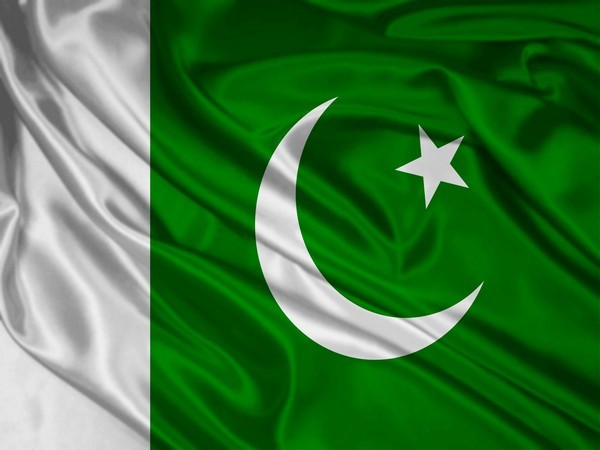A total of 1,200 Human Rights activists and media persons have been killed by Pakistan state agencies. Even the state agency has killed the Jeay Sindh Freedom Movement’s (JSFM’s) 55 key leaders, Zafar Sahito, founder and Chief Organizer of the JSFM said, according to the statement released by Indus Freedom Group.
“The root cause of the genocide of 1971 and the reasons for the secession of Bangladesh remain intact, viz., the religious fascist ideology at the heart of Pakistani Islamism. He reiterated that this does not only persecute Pakistan’s own minorities or its neighbors but makes Pakistan the infrastructural epicenter of terrorism and anarchy internationally,’ he added.
Sahito made this statement during the panel discussion via video conference, conducted by the Indus Freedom group on Saturday to mark the liberation of Bangladesh and the genocide of 1971 at the hands of the Pakistan Army and to reflect on how many of those factors are peaking within Pakistan again, the statement reads.
He struck a note not only on behalf of Sindhi representatives but also Baloch, Pashtun, and Gilgit-Baltistani leaders fighting for political and economic rights.
Meanwhile, a former two-time member of the Rhode Island House of Representatives Robert Lancia noted the systematic persecution of Hindus and Christians in Pakistan, and likewise the ethnic Baloch people.
Significantly, he echoed Col. Ralph Peter’s statement that an independent Balochistan is in the interests of the entire region as well as the US, and stands at the heart of curbing Chinese interference – a self-evident geopolitical observation that seems to face some inexplicable resistance from within the US establishment.
Talking about the 1971 genocide in Bangladesh, Lancia said that there is a need to acknowledge the 1971 genocide of over 3 million Bangladeshis by the Pakistan Army, and said that it needs to be supported and eventually recognized, just like the Armenian Genocide.
An author and London-based geopolitical analyst Priyajit Debsarkar noted the identity dysphoria that was at the heart of the Bangladesh question – involving not just language and religion but also racial features and skin color. He highlighted the 6 Point Formula that emerged from the struggle around the Bengali fight for cultural, political, and economic rights. There might be some parallels to draw from for present-day political leaders of the oppressed Baloch, Sindhi, and Pashtun nations within Pakistan, as per the official statement.
Debsarkar also pointed out the role of natural calamities such as Cyclone Bhola, and how that catalyzed the Bengali struggle for self-determination after it further highlighted the utter neglect of the West Pakistani Punjabi elites for the plight of Bengali casualties.
Again, parallels may be drawn for the current plight of flood victims in Sindh and Khyber-Pakhtoonkhwa. (ANI)

